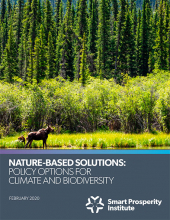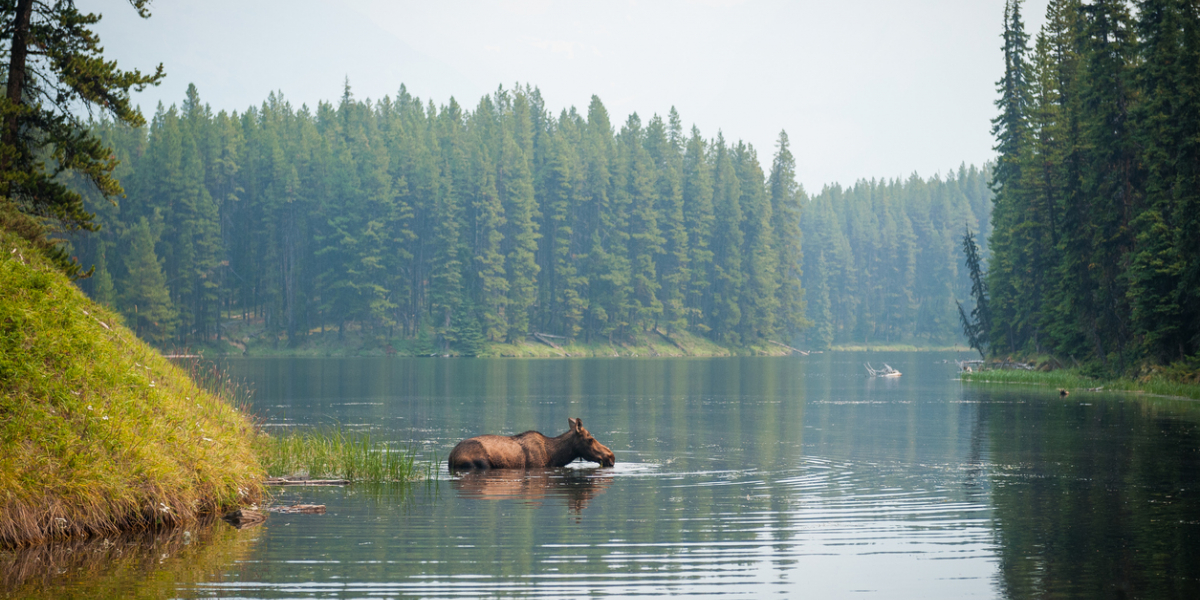La nature est une pièce fondamentale du puzzle de la lutte contre les changements climatiques. L'engagement de la plateforme libérale de planter deux milliards d'arbres le reconnaît. Néanmoins, il est possible que l'utilisation de la nature pour lutter contre les changements climatiques puisse dégrader la biodiversité et les autres services écosystémiques importants que la nature fournit. Notre nouveau rapport plaide pour que les gouvernements envisagent les avantages climatiques et les avantages de la nature dans une optique différente et unique.
Disponible en anglais seulement.
- Read a summary of the report below
- Download the PDF
- Print the infographic: “Policymaker’s Guide to Integrating Biodiversity into Climate Policy”
- Register for a Webinar with the Report authors on Feb 11
Summary:
- Canada’s nature is a fundamental piece of the puzzle for fighting climate change.
- However, policies that harness nature-based climate solutions (NCS), without considering biodiversity - and the other important ecosystem services that nature provides - risk undermining Canada’s broader goals to protect nature.
- Governments need to consider climate benefits and benefits to nature through a single policy lens.
- Using a single policy lens can: (1) eliminate negative and inadvertent impacts on nature, (2) lead to better measurement and optimization of benefits for both climate and nature, and (3) lower costs and maximize value through efficient project selection.
- Policy tools for advancing NCS include direct public funding, carbon offsets, regulations and pricing mechanisms. Optimizing outcomes using these tools requires a holistic approach to policy development.
- Direct public funding needs to ensure that actions result in real, additional, permanent and verifiable GHG mitigation outcomes, and also seek to avoid leakage. It should also require positive biodiversity outcomes through improvements in pre-selected criteria. Projects should be chosen based on best value for cost, which can be achieved through frameworks such as “reverse auctions”.
- Carbon offset frameworks can explicitly value carbon within forests and lands, thereby leveraging private sector investment. Biodiversity outcomes can be secured, at a minimum, by developing strong safeguards. Incentives or mandatory compliance obligations for offsets that offer biodiversity benefits are also an option. Offset stacking (the ability of one project to generate credits in more than one market) could, in theory, provide more appropriate compensation to projects that offer both climate and biodiversity benefits if and when these parallel markets are developed or strengthened.
- Regulation or carbon pricing would require better tracking and reporting of land-based emissions to develop stronger accountability frameworks.
- Developing evidence-based criteria for project selection could stem from economic valuation (though not recommended for programs that must evaluate many small projects), rule-based common unit comparisons, or continuous-improvement metrics that are compared based on their efficiency.



